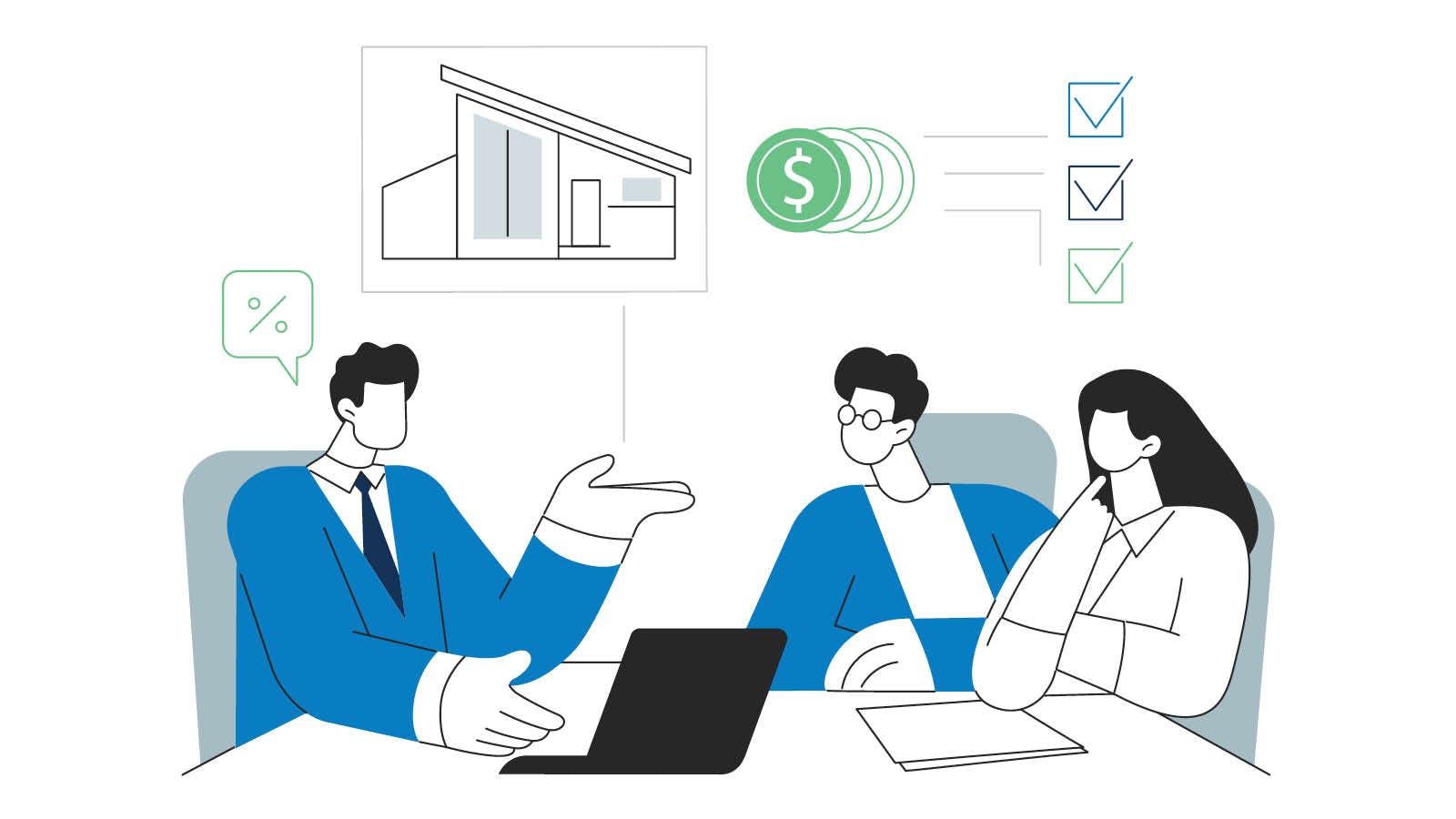While it’s easy to be distracted by a remodeled kitchen or original crown molding, finding the right home is about so much more than just the structure itself. After all, everyone knows the adage: location, location, location!
The fact is, when you invest in a house, the land, neighborhood and city itself all become a part of your home. That means that you’ll have a few extra things to look for when buying a house.
Don’t forget these 8 out-of-the-box factors:
1. Neighborhood
One of the most essential things to look for when buying a house is the neighborhood. The right fit will depend on your wants, needs and lifestyle. For example, growing families may gravitate toward quiet, suburban areas, while young professionals might prefer the city center.
In general, neighborhoods fit into Neighborhoods.com’s seven core categories:
- Master-planned: large, residential areas with strategically placed amenities, including restaurants, grocery stores and green space.
- Urban: downtown neighborhoods located near the city’s core. These communities are typically densely populated, walkable and fast-paced.
- Suburban: neighborhoods located just outside major cities, typically with more square footage and greenspace.
- Pocket: a small and private community centered around a courtyard or other common area. Essentially a neighborhood inside a neighborhood, often with close-knit community members.
- Historic: neighborhoods that have been designated as historic by the local or federal government. Of course, homes are generally older, but may come with rich backstories and architectural charm.
- Active adult: age-restricted communities catered to residents 55 and up. These neighborhoods provide shared amenities, group activities and overall peace and quiet.
- Unincorporated area: areas technically outside nearby city or town limits. Owners enjoy fewer rules and regulations but might struggle to find school bus or emergency services.
Each neighborhood comes with a unique set of pros and cons, so think carefully before making your choice.
2. Noise level
In the same vein, noise level can make or break your experience. After all, living next to a busy interstate or train station isn’t for everyone. Get honest about the noise level you can tolerate and consider bringing a decibel meter to your next visit. Experiment with ear plugs, noise canceling headphones or even white noise to see if you can manage.
Keep in mind that if you do end up in a home with a high noise level, you have options. Per Angi’s List, carpeting, extra insulation, acoustic paneling, weatherstripping and even home decor staples like curtains and tapestries can help deaden sound.
3. Public information
A little research can help you make an informed decision. Public statistics are one of the key things to look for when buying a house. Consider exploring local crime rates, the housing affordability index and even star-ratings from real residents. You can also make an in-person visit at various times of day to determine how you feel.
Keep in mind, though, that finding something negative doesn’t automatically mean you shouldn’t move in. This step isn’t meant to scare you. After all, crime happens in every neighborhood, and there are many steps you can take to protect your home and family. Instead of making any value judgments, simply use this research to grow your knowledge and help determine which area might be right for you.
4. Schools
If you have children, you’ll want to investigate the local school systems. The right fit goes beyond rankings, though.
Make a point to consider:
- Proximity to the home, including walkability or school bus routes
- Parent engagement opportunities
- Special education, gifted education and other additional services
- Whether the curriculum offered aligns with your family’s interests
It’s important to remember that any one school isn’t necessarily ‘bad’ or ‘good’. Simply focus on finding a fit.
5. Commercial space
Nearby retail options may also be important in determining the right neighborhood. For example, how close is the nearest grocery store? Or, if you’re a coffee shop fiend, can you manage a 20-minute drive every morning?
Think through how and when you interact with shops, restaurants and other commercial outlets. Then, identify the neighborhoods that match up with your habits. If you live to try a new restaurant every other night, you may want to avoid the suburbs. On the other hand, if you frequent big box retailers the ‘burbs could be your cup of convenience.
6. Transportation
Do you drive to work, or enjoy evening walks with the dog? Either way, you’ll want to consider transportation needs when investing in a home.
Think through:
- Parking: is it free or paid? If you’re limited to on-street, can you manage a ding every now and again? Or maybe a garage better fits the bill.
- Commute: how long would it take to get to the office? Will you sit in stop-and-go traffic every day, or are tolls or frontage roads an option?
- Walkability: can you get where you need to go in 30 minutes or less? Are there adequate sidewalks, paths and intersections for crossing?
- Public transportation: whether it’s the subway or bus system, can you easily access public transportation, if needed?
- Airport access: how close is the nearest airport? This will be especially important if you travel often.
7. Property taxes
Property taxes are one of the biggest hidden costs of homeownership, and one of the most important things to look for when buying a house. This cost is based on your home’s value, so it will vary by location. Typically, owners in more expensive neighborhoods will pay higher property taxes.
Property taxes are not a one-time cost, but due annually. You’ll want to keep this figure in mind as you compare homes, and don’t forget to factor it into your final costs.
8. Specific location
Don’t let the shiny new home distract you! The lot it’s sitting on is equally important. Lot location can influence convenience, lifestyle and even the view from your new windows.
Directional orientation matters, too. The direction that the home faces can influence light, heat effects of weather and even future maintenance.
A few facts to keep in mind include:
- South-facing windows receive the most natural light and run the hottest.
- North-facing windows receive the least natural light and run the coolest.
- South-facing homes may eventually require maintenance, including painting or re-siding, due to sun exposure.
- North-facing homes may see more icicles, slow-melting snow and slippery surfaces.
- South-facing yards will receive constant sun, which may be ideal for gardening.
- North-facing yards provide more shade.
Things to look for when buying a house
Closet space and patio size are certainly important, but don’t forget these additional things to look for when buying a house. After all, could you really enjoy a cookout with ambient highway noise? Or could you stand a 20-minute drive to your favorite grocery store? Whatever your goals and preferences, keep in mind that the right home goes far beyond the property.
Published on July 5, 2022


